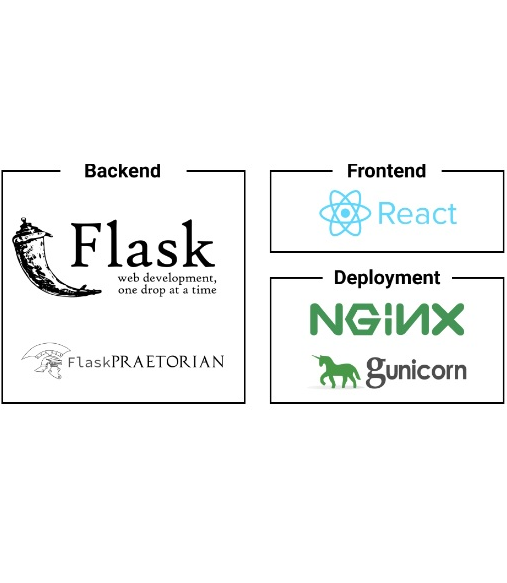Function implementation refers to the process of writing code to define the behavior of a function in a programming language. Functions are a fundamental concept in programming, allowing you to encapsulate a set of instructions that can be reused and called with different inputs. Here's a step-by-step guide to implementing a function in a typical programming language:
Choose a Programming Language: Select a programming language in which you want to implement your function. The choice of language may depend on your project's requirements and your familiarity with the language.
Define the Function: Start by defining the function. This includes specifying its name, input parameters (if any), and return type. The function signature might look something like this in a C-like language:
returnType functionName(parameter1Type parameter1, parameter2Type parameter2, ...)
Write the Function Body: Within the function, you write the code that describes what the function should do. This code can consist of a series of statements and computations. For example, in Python:
def add_numbers(a, b): result = a + b return result
Handle Input Parameters: If your function takes input parameters, use them within the function's code. In the example above, a and b are the input parameters, and they are used to calculate result.
Return a Value: If your function is meant to produce a result, you should use the return statement to specify what that result is. In the example above, return result returns the sum of a and b.
Test the Function: Before using the function in your main program or application, it's essential to test it with different inputs to ensure that it behaves as expected. This can help catch and fix any errors or unexpected behavior.
Call the Function: In your main program or other functions, you can call the function you've implemented by providing the required arguments. For example:
x = 5 y = 3 result = add_numbers(x, y) print(result)
Debug and Optimize: If you encounter any issues or if you want to improve the function's performance, you'll need to debug and optimize it. This involves finding and fixing any bugs and making code improvements as necessary.
Documentation: It's good practice to document your function, explaining its purpose, input parameters, return values, and any special considerations for using it. This documentation can be useful for you and other developers who may use your function.
Use in Your Program: Once the function is implemented and tested, you can use it within your program to achieve specific tasks or functionalities.
Remember that the specific steps and syntax may vary depending on the programming language you are using. The key is to define the function, provide the necessary logic to achieve its purpose, and ensure it works correctly by testing and debugging as needed.



Lorem ipsum dolor sit amet consetetur sadipscing elitr sed diam nonumy eirmod tempor invidunt labore et dolore magna aliquyam erat sed diam voluptua.